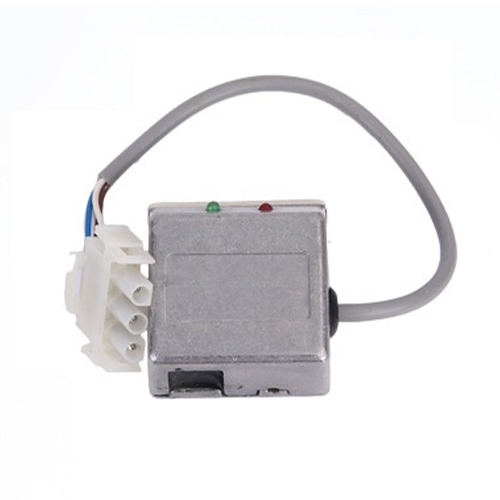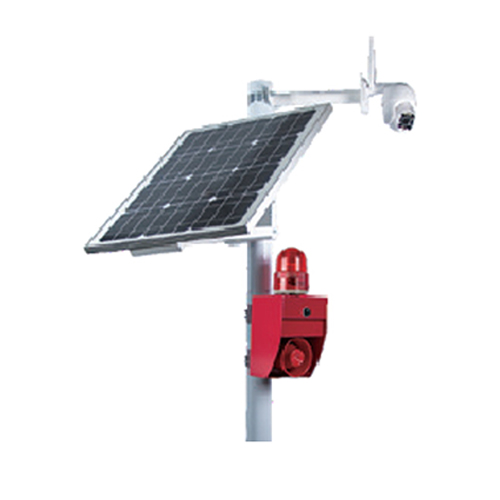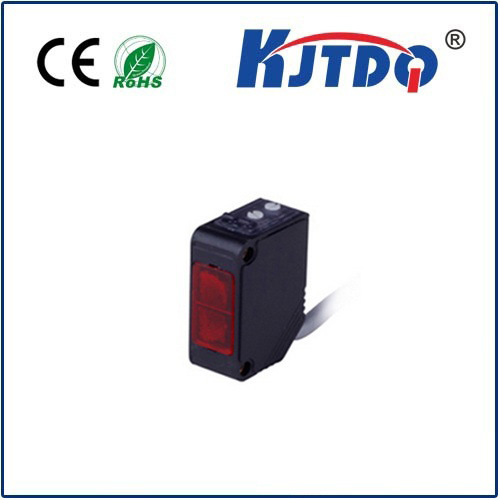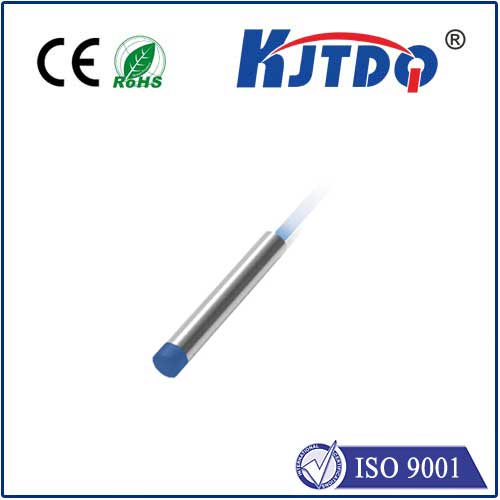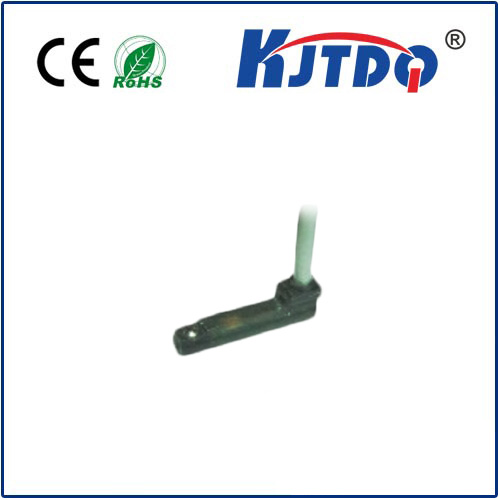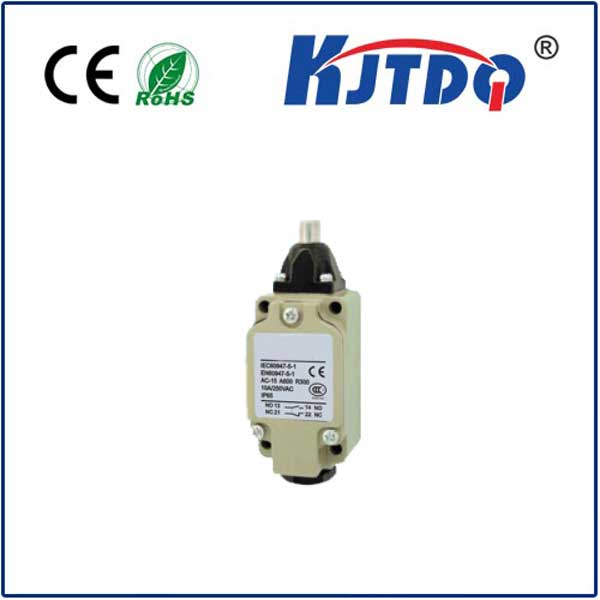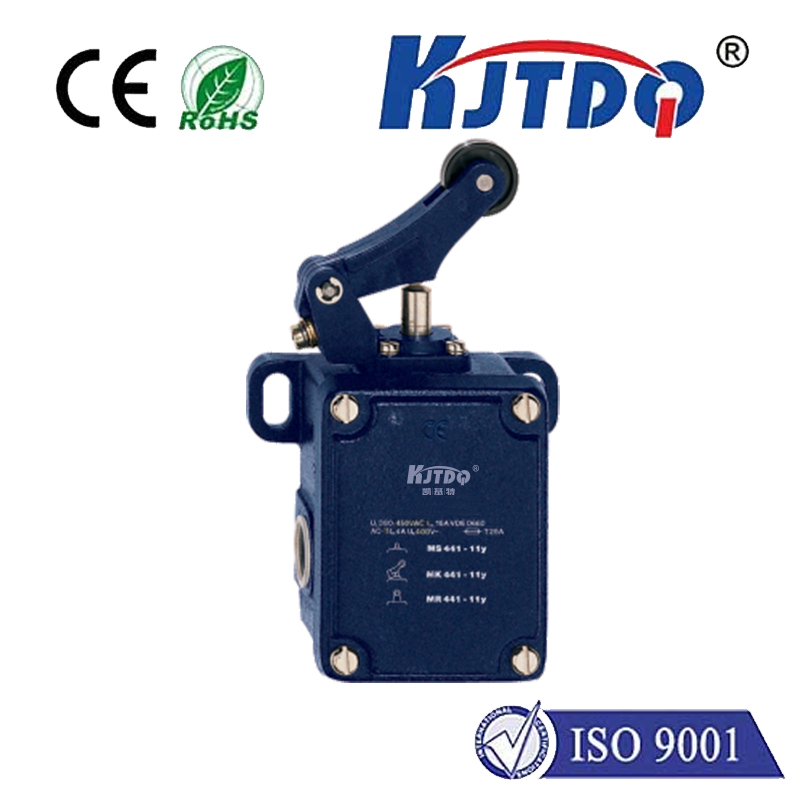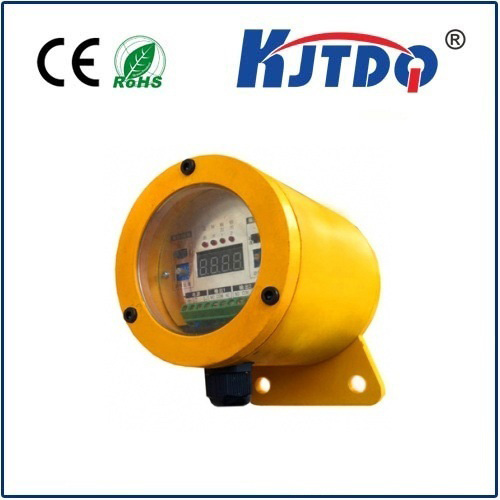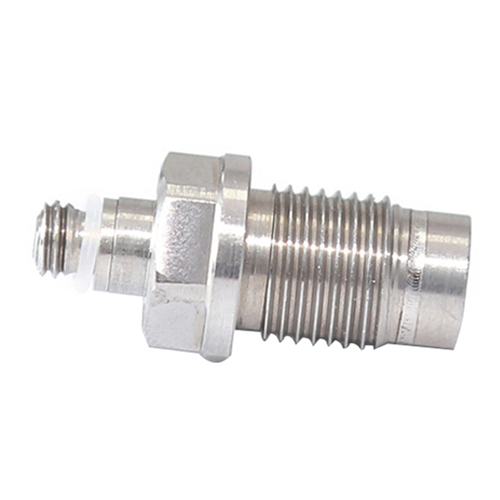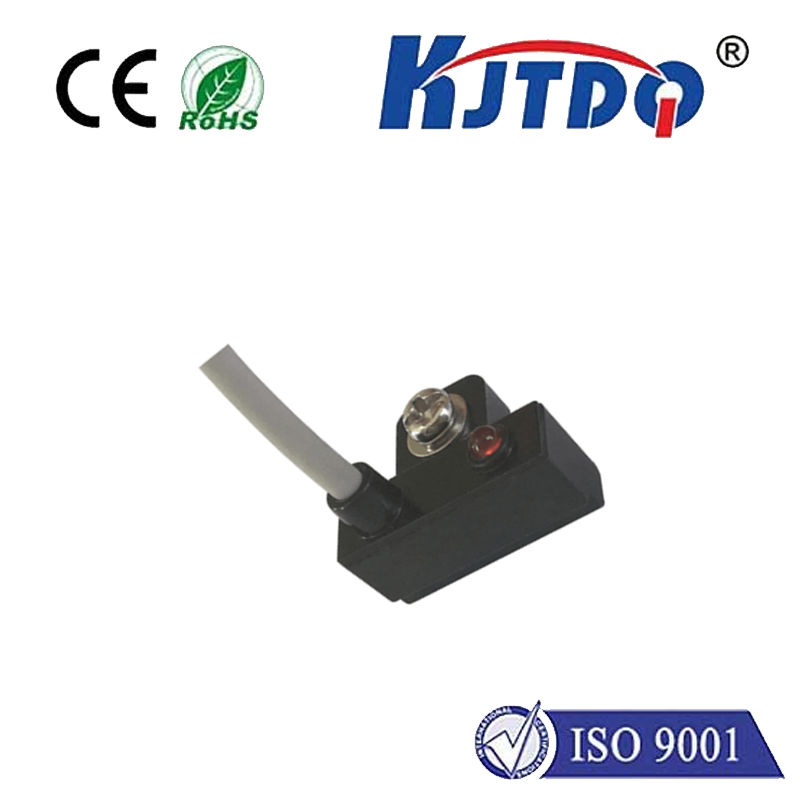

check

check

check

check

check

check

check

check

check

check
Exploring the Limits: The Stepper Actuator and Its Limit Switch
The stepper actuator is a vital part of many modern systems, from industrial machines to home appliances. It provides precise control over motion, allowing for fine-tuned adjustments and accurate positioning. However, like all machinery, it has its limits - both in terms of physical capabilities and operational safety. This is where the limit switch comes into play, serving as a crucial component that ensures the stepper actuator operates within its designated parameters.
Understanding the Stepper Actuator
A stepper actuator works by converting electrical pulses into discrete mechanical movements. Each pulse received results in a small rotation or linear movement, which can be used to position objects accurately. These actuators are preferred for their precision, reliability, and simplicity in design. They do not require complex feedback mechanisms to function effectively, making them ideal for applications where cost-effectiveness is a priority.
The Importance of Limit Switches

Despite their efficiency, stepper actuators need safeguards to prevent damage or system failure due to excessive movement beyond their designed range. This is where limit switches come into the picture. A limit switch is an electronic device that detects the presence or absence of an object or mechanism's position. In the context of a stepper actuator, it serves as a protective measure to avoid overextending or retracting past certain points.
How Limit Switches Work with Stepper Actuators
When integrated with a stepper actuator, limit switches are strategically placed at the boundaries of the actuator's intended motion range. They are designed to engage when the actuator reaches its maximum extension or retraction point, cutting off power or signaling the control unit that the boundary has been reached. This interaction ensures that the machine does not push beyond its mechanical limitations, preventing potential wear, tear, or even complete breakdown of the system.
Applications of the Stepper Actuator and Limit Switch Combination
The combination of stepper actuators and limit switches is widely applicable across various industries. For example, in CNC (Computer Numerical Control) machines, the limit switches ensure that cutting tools do not move beyond the workpiece, protecting both the tool and the material being worked on. In robotics, they help maintain the robot's arm within a safe operating envelope, avoiding collisions with other objects.
Maintaining Performance and Safety
Proper maintenance is key to ensuring that the combination of stepper actuators and limit switches continues to perform optimally. This includes regular checks on the switch's functionality and ensuring that there are no obstructions that might falsely trigger the limit switches. Additionally, software monitoring can supplement physical limit switches, providing a secondary layer of security should any mechanical component fail.
Innovating Within Boundaries
As technology advances, so too does the potential for innovation with stepper actuators and limit switches. Smarter limit switch designs with more sophisticated sensing capabilities are becoming available, capable of providing detailed feedback on the actuator's status and performance. Furthermore, integration with Internet of Things (IoT) devices enables remote monitoring and control, opening doors for optimization and automation in various industries.
Conclusion
In summary, while the stepper actuator is an incredibly useful tool for precise control in numerous applications, it is not without its constraints. The limit switch plays a critical role in ensuring that these devices operate safely and efficiently. By understanding the mechanics and importance of both components, engineers and technicians can better design systems that harness their full potential while mitigating risks. As technology progresses, the pairing of stepper actuators and limit switches will continue to evolve, pushing the boundaries of what is possible in motion control systems.
